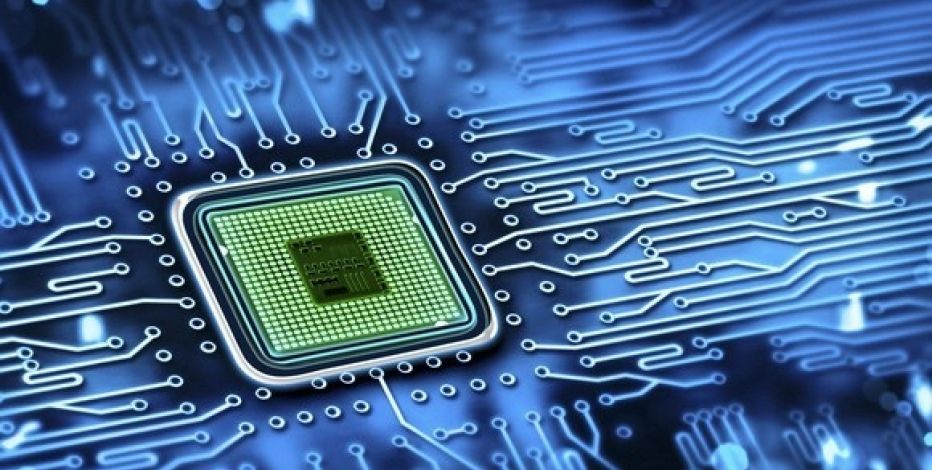
Hot New Technology Sector – Micro Devices
© 2002, Dawsey Co., LPA
April 2002
One of the hottest intellectual property sectors in 2002 and beyond is the field of micro devices. This field includes nanotechnology and microelectromechanical systems (MEMS). Nanotechnology is an interdisciplinary area of science focused on the molecular level to create large structures atom by atom with fundamentally new properties and functions. Extraordinary devices can be created using nanotechnology by capitalizing on the well known physical properties of atoms and molecules. On the other hand, MEMS are the integration of electrical and mechanical components on a microscale to form functional systems.
The annual growth in the number of nanotechnology and MEMS patents issued in the U.S. has averaged approximately 40% between 1996 and 2001. This growth is expected to continue for the foreseeable future as micro devices become less expensive and more commercially available. However, the road to achieving patents on micro devices will become more difficult with each passing year and is not lined with roses, as there are several hurdles that must be cleared.
Patentability is defined in Section 101 of Title 35 of the United States Code. In essence it states that one who invents or discovers any new and useful process, machine, manufacture, or composition of matter, or any new and useful improvement thereof, may obtain a patent therefore, subject to certain conditions and requirements of the code.
A stumbling block to many micro device patent applications is the nonobviousness requirement. An invention must be sufficiently different from prior inventions such that the invention sought to be patented would not be “obvious,” at the time the invention was made, to one of ordinary skill in the field of the invention. If the invention would have been obvious then no patent will issue. Determining what qualifies as relevant prior art is the key to obviousness.
Relevant prior art is prior art that is in the field of the invention or is reasonably pertinent to the particular problem that the invention is designed to overcome. For instance, the hundreds of patents that have issued for steam engines over the last century would not likely be relevant prior art for a steam engine within a MEMS. Similarly, mechanical gears have been the subject of patent applications since the origins of the U.S. patent system, however such common mechanical gears are not likely relevant prior art for a gear constructed from individual molecules.
As application of micro devices becomes more widespread it will be increasingly difficult to argue that certain common solutions to “macro” problems would not be obvious to one of ordinary skill in nanotechnology or MEMS to solve similar “micro” problems. However, in the short term there will likely be a boom of micro device patents issued as the glut of common “macro” mechanical and electrical devices are applied in the micro environment. Additionally, the revolution in design of new nanosystems and MEMS will likely be one of the fastest growing areas of intellectual property protection.
More information on micro devices, along with interesting photographs and videos, may be found on the Sandia National Laboratories website at www.mems.sandia.gov.
